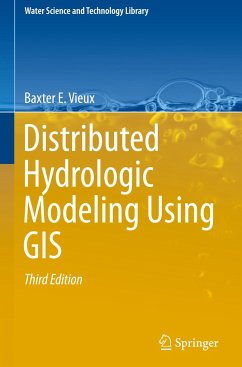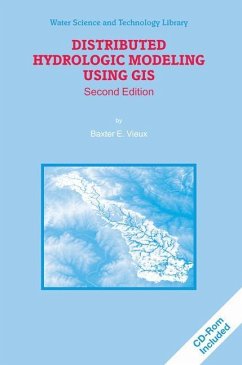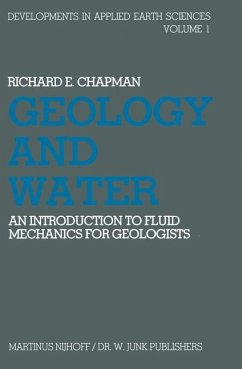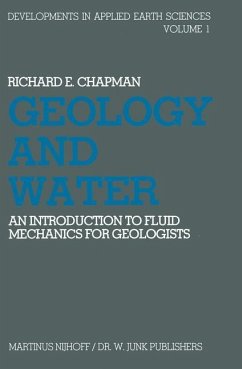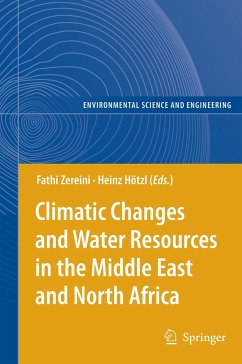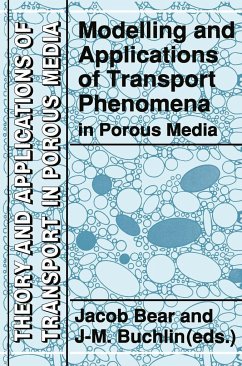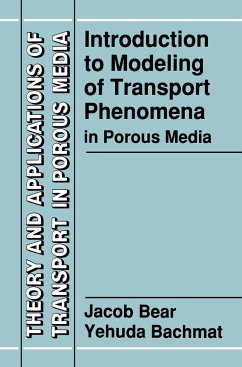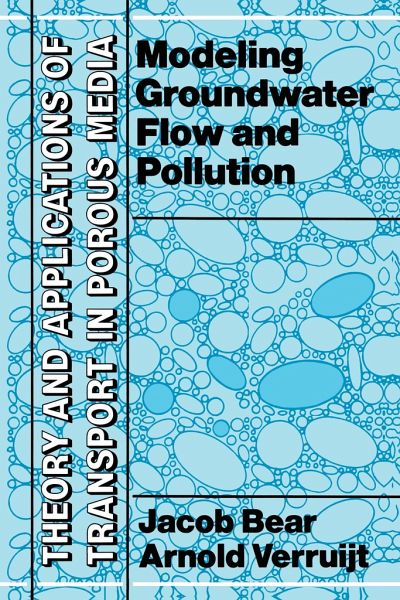
Modeling Groundwater Flow and Pollution
Versandkostenfrei!
Versandfertig in 1-2 Wochen
123,99 €
inkl. MwSt.

PAYBACK Punkte
62 °P sammeln!
Groundwater constitutes an important component of many water resource systems, supplying water for domestic use, for industry, and for agriculture. Management of a groundwater system, an aquifer, or a system of aquifers, means making such decisions as to the total quantity of water to be withdrawn annually, the location of wells for pumping and for artificial recharge and their rates, and control conditions at aquifer boundaries. Not less important are decisions related to groundwater qUality. In fact, the quantity and quality problems cannot be separated. In many parts of the world, with the ...
Groundwater constitutes an important component of many water resource systems, supplying water for domestic use, for industry, and for agriculture. Management of a groundwater system, an aquifer, or a system of aquifers, means making such decisions as to the total quantity of water to be withdrawn annually, the location of wells for pumping and for artificial recharge and their rates, and control conditions at aquifer boundaries. Not less important are decisions related to groundwater qUality. In fact, the quantity and quality problems cannot be separated. In many parts of the world, with the increased withdrawal of ground water, often beyond permissible limits, the quality of groundwater has been continuously deteriorating, causing much concern to both suppliers and users. In recent years, in addition to general groundwater quality aspects, public attention has been focused on groundwater contamination by hazardous industrial wastes, by leachate from landfills, by oil spills, and by agricultural activities such as the use of fertilizers, pesticides, and herbicides, and by radioactive waste in repositories located in deep geological formations, to mention some of the most acute contamination sources. In all these cases, management means making decisions to achieve goals without violating specified constraints. In order to enable the planner, or the decision maker, to compare alternative modes of action and to ensure that the constraints are not violated, a tool is needed that will provide information about the response of the system (the aquifer) to various alternatives.







